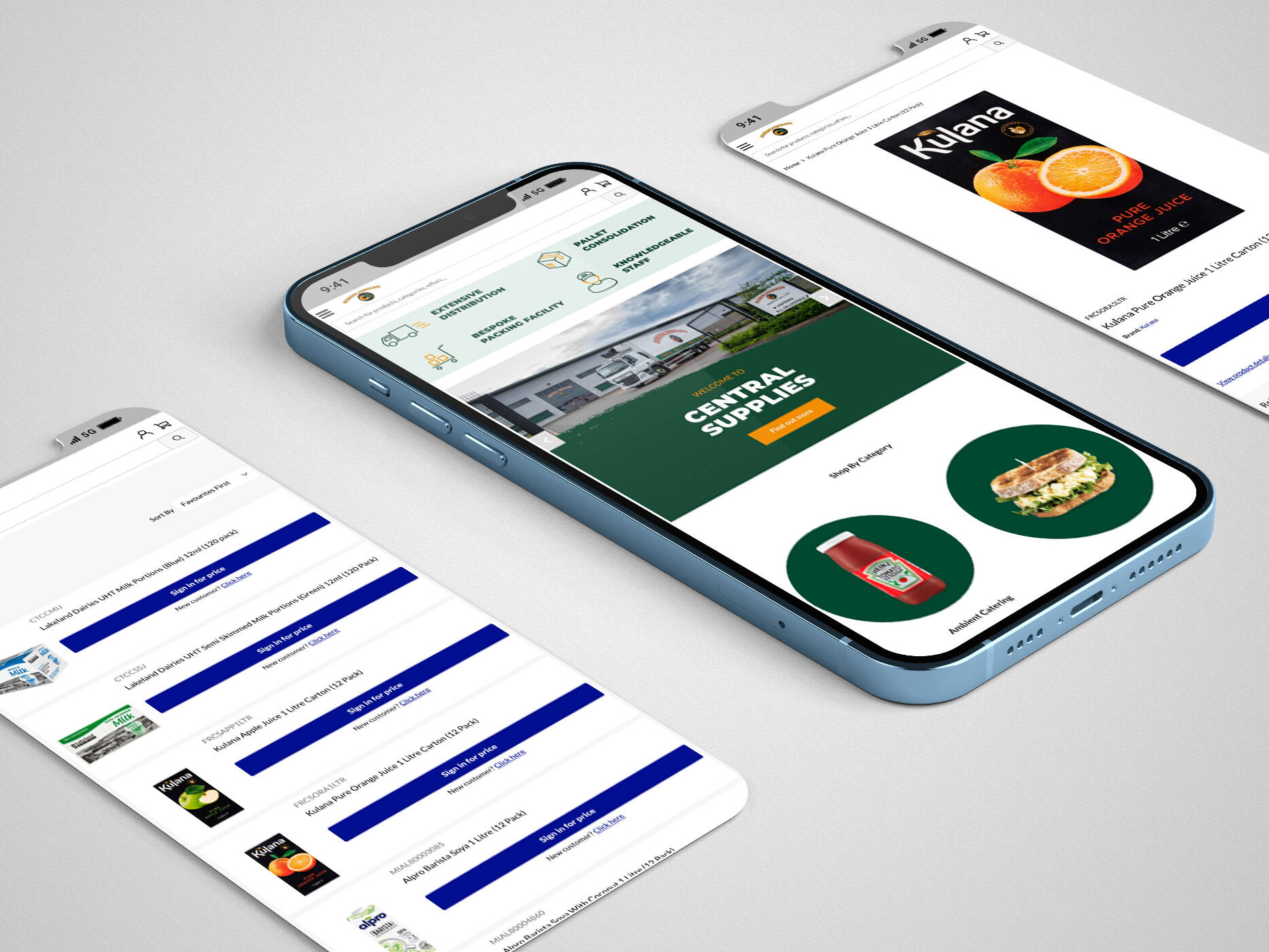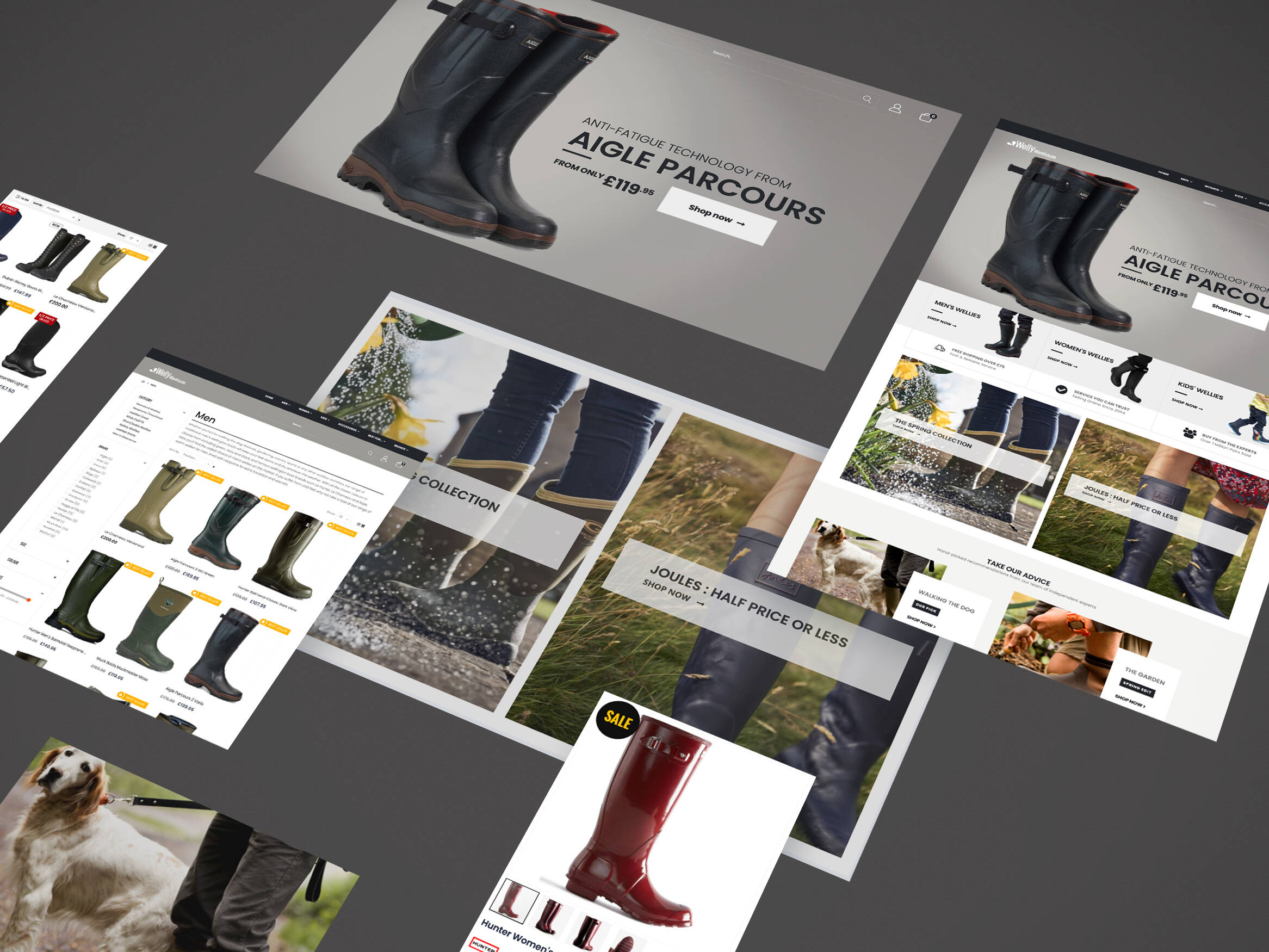Sometimes technical language can be confusing and may seem daunting. This SEO jargon buster is designed to help you distinguish between your ‘Black hat’ and your ‘White hat’ and crucially, to find light at the end of the marketing tunnel!
Algorithm
A set of rules used by computers to solve problems. Search engines use algorithms to determine the rankings on a search results page.
ALT text
A word or phrase that describes the content of an image. This is displayed if an image is not loaded, and it also helps search engines to index a page. E.g. “The homepage of my website features an image of a fruit and vegetable garden. I included ALT text ‘fruit and vegetables’ to describe it.”
Anchor text
The clickable text that forms part of a hyperlink. For example, if clicking ‘Photo gallery’ on a webpage takes you to ‘www.mywebsite.com/images’, then ‘photo gallery’ is the anchor text.
Black hat
Manipulative or deceptive SEO tactics that optimize websites for search engines, not for people. E.g. “I was especially careful to avoid any black hat SEO techniques; I didn’t want to hurt the ranking of my website in search engines.”
Bot, crawler or spider
A program that browses and indexes content on the internet. This data is then used to help search engines deliver relevant search results. E.g. “When I launched my website, I made sure that the pages were visible to search engine bots, so they could index my pages.”
Destination page
The page being linked to from another page. E.g. “If you click the link to ‘Gallery’, you’ll see a destination page full of images of our fruits and vegetables.”
Internal links
Links from one page to another page within the same website.
Meta description
A snippet of text in a web page’s code that describes the content of the page, and is used as the website’s description in a search engine results page. E.g. “I write meta descriptions for each page of my website in case the search engine displays the page in the search results.”
Meta keywords
A short list of words that describe the content of a webpage. These aren’t used by search engines.
Ranking
A listing’s position on a search engine results page.
Search engine optimisation (SEO)
The practice of making changes to web pages, content, and the promotion of that content, to improve visibility in organic – or unpaid – search engine results. E.g. “Investing in SEO helped my website get a higher ranking in search engine results.”
Search engine results page (SERP)
A list of results appearing in a search engine in response to a person’s search query. SERPs contain organic results as well as ads.
Title element
The title of a web page as indicated in the HTML. Also often used as the title of your page in a search engine results page. E.g. “I pay careful attention to the title element of my web pages, to help search engines understand what the pages are about.”
Web spam or spam
Techniques that are used by some websites to try and cheat their way to the top of search results, for example repeating keywords and paying other sites to link to yours. This is considered bad practice because truly relevant websites get buried in the results. E.g. “I received email offers to rank first in Google search results but have turned them down because the techniques used are spam.”
White hat
Tactics that optimise web pages for people, not for search engines. This is done by following best practices for creating good content and increasing search visibility. E.g. “I only use white hat tactics to help search engines find my website.”
XML sitemap
A list of all the web pages that make up your site. This helps search engines to understand your website. E.g. “Adding a sitemap helped search engines understand the pages on my website.
If you’ve heard an SEO term recently that’s left you scratching your head, let us know and we’ll add it to the list.
As part of our digital marketing services, we can help with your SEO. If you’d like to find out more, get in touch.
Get in touch
We know commerce, let us help you improve customer experience, increase conversion rates, and make that digital change.
- hello@iweb.co.uk

















